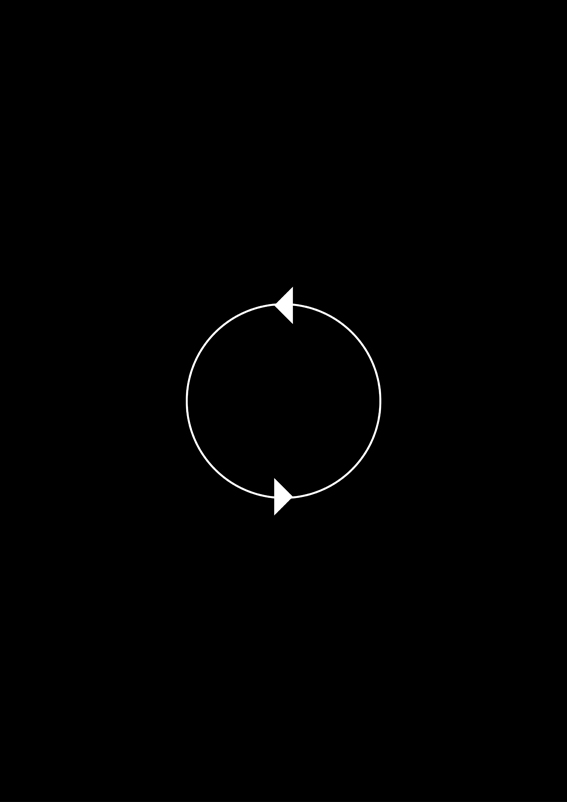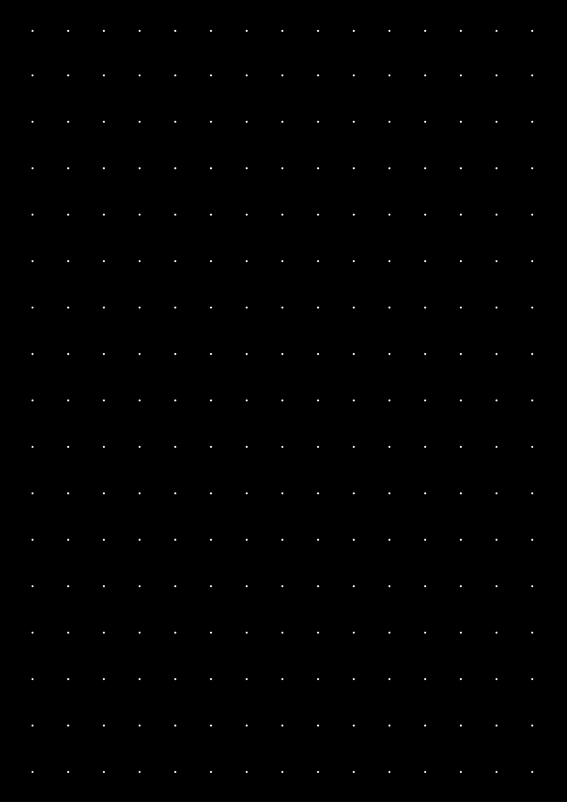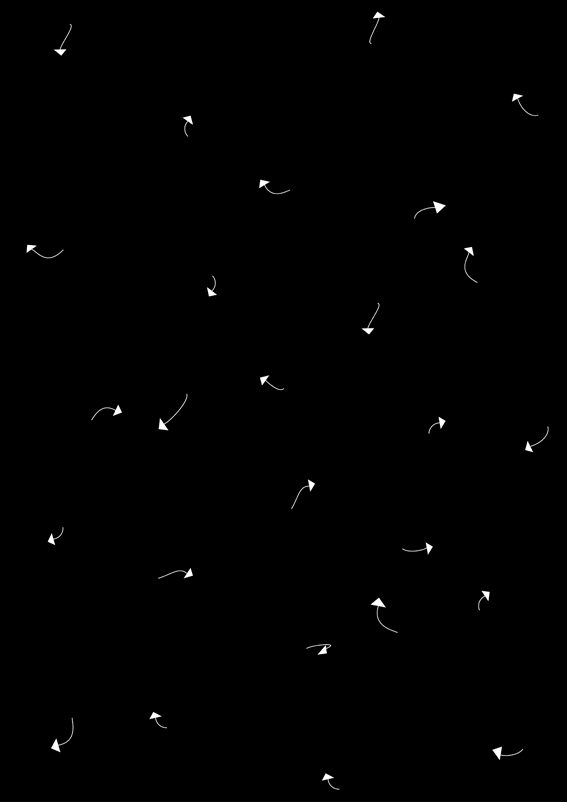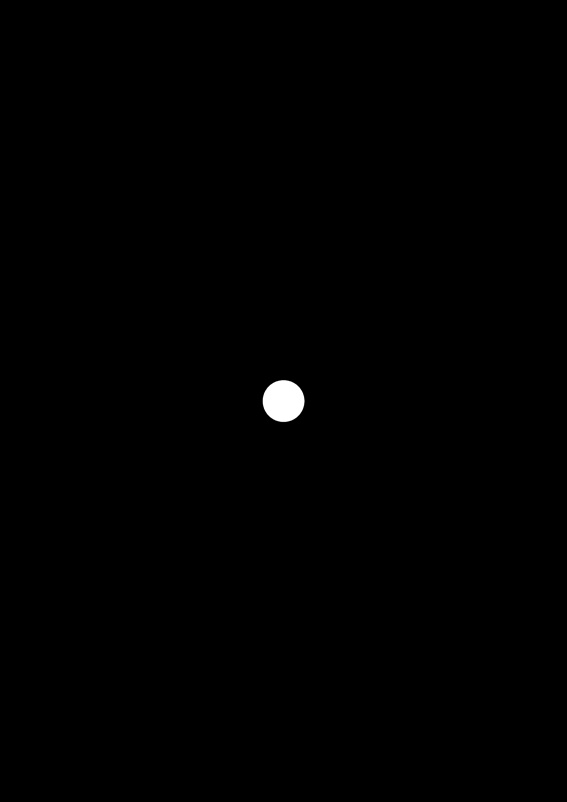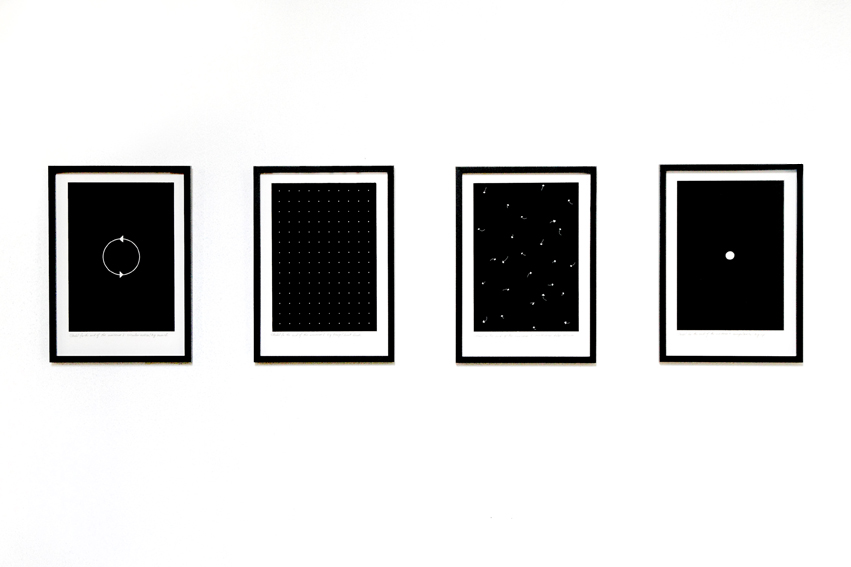
Model for the end of the universe (1-4)
2012
Event-based score: Lambda print on photographic rag paper
4 x A3 prints, framed
Model for the End of the Universe (1-4) depicts a series of possible ends to everything, based on current scientific thought as filtered through a wiki understanding of cosmos. Reduced to a series of four diagrams the universe loops in on itself, implodes, reaches stasis, or bursts into multiples that spiral off into eternity.
The theories visualised are as follows:
1. Circular motion/Big Crunch
2. Big Freeze/Heat Death
3. Multiverse/False Vacuum
4. Singularity/Big Rip.
The composer Vicki Hallett has responded to these 'scores', interpreting them in sound. Have a listen here.
